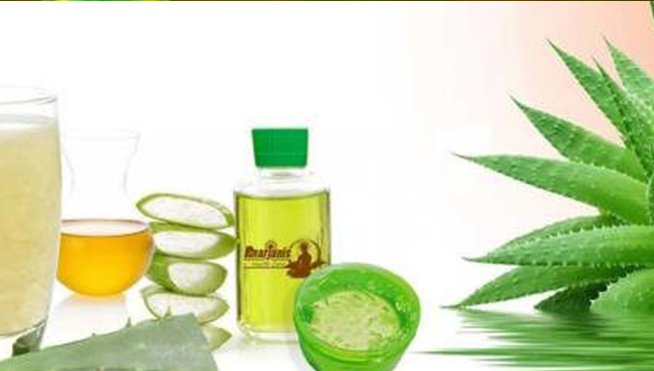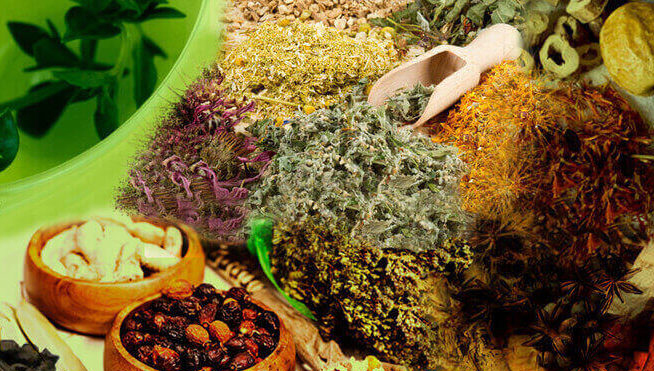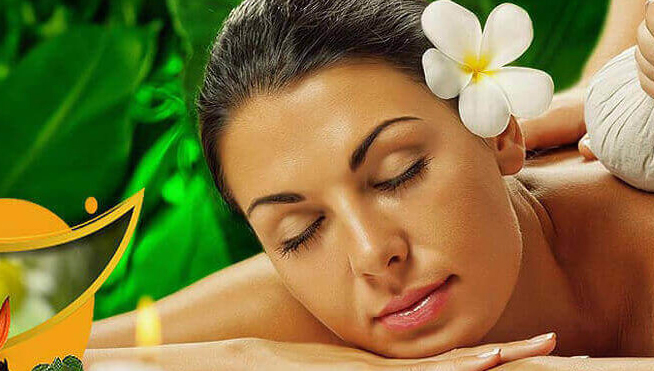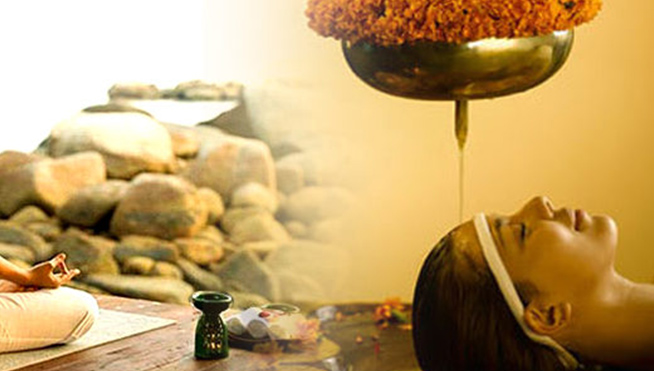




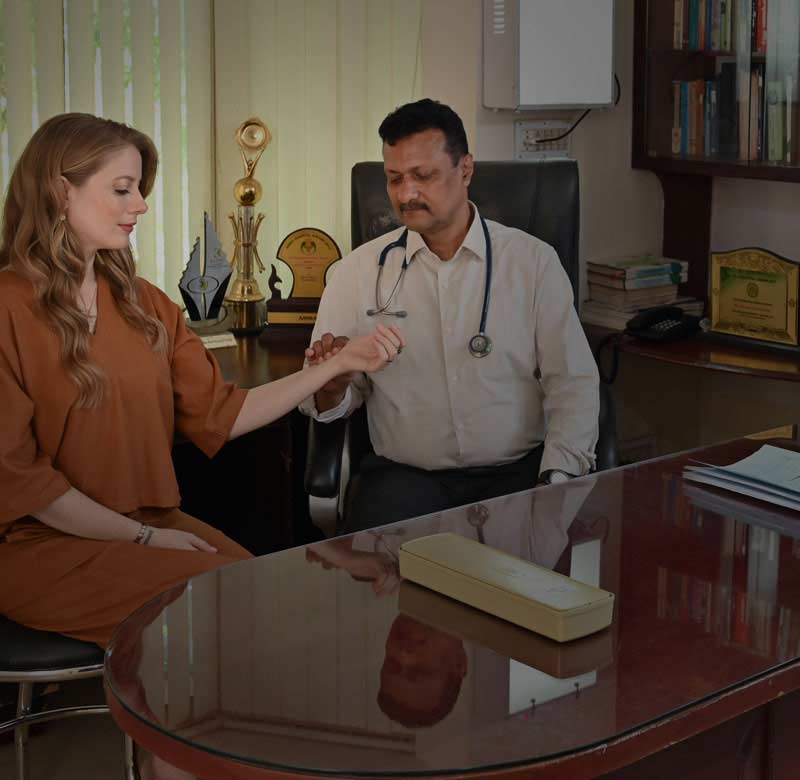

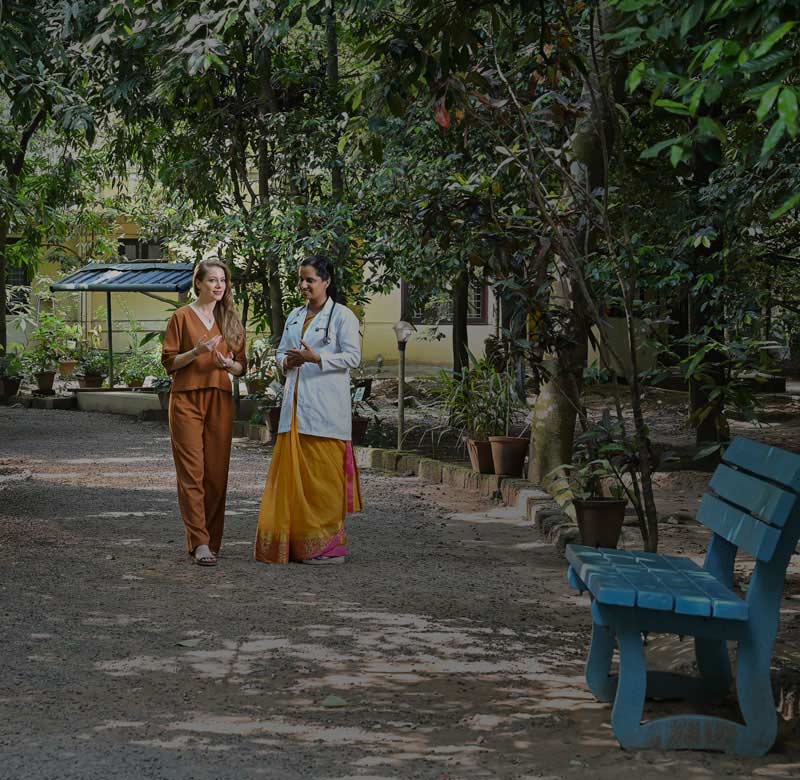
For authentic & scientific
ayurveda
Nagarjuna has developed speciality protocols
and adopted integrated and holistic approaches “to improve
the quality of life of ailing population”.
Blog

Panchakarma: Not a quick fix! – Clearing the air about Ayurvedic treatments
Nagarjuna Ayurveda
09-01-2017
“I don’t seem to have much time, so…..can you do some Panchakarma for me in 2 or 3 days? I know some other centres offered to do it” the patient enquired expectantly.
The doctor sighed and answered in an even tone, “Even with the 21 day-course I’d recommended, only 50 to 60% of the toxins accumulated in your body could be expected to be eliminated; so….if someone could detoxify your body in 3 days, honestly, I really think you should go there.”
A common enough query, and a despairingly familiar scenario for Ayurvedic doctors.
What it is not
Panchakarma…This word probably tops the list of the most misrepresented Ayurvedic terms in the public mind. It conjures up images of oil dripping from brass containers to foreheads, tourists blissfully enjoying a back-rub and efficient–looking masseuses working little herb-filled bundles of white cloth on a patient’s body. Contrary to popular belief, it is none of the above. Oil massage or fomentation can only be a prelude to the phenomenon. Neither is Panchakarma the glamorous spa service that misleading and diluted “Ayurvedic resort/five star hotel extensions” would have you believe.
What it is
So what is this enigma called Panchakarma anyway? Many overlook the literal meaning, Five Procedures. Obviously, the next question would be, “What kind of procedures?” Cleansing, purifying or detoxifying would be closest in describing the processes that constitute Panchakarma therapy. It is a skilled, purification of the body warranting close medical monitoring. Many are surprised to realize that it involves complex therapeutic procedures, and that it requires rigorous discipline and dedication of the patient for long lasting results.
So what are these five procedures? Before going on to answer that question, let’s take a look at the little dynamics of the human body.
Components of the body – Dhatus
The human body is made up of seven basic tissue types or Dhatus. We have a loose translation of what they can be equated to.
- Rasa – The essence of food
- Rakta – Blood tissue
- Mamsa – Muscle tissue
- Medas – Fat and filling
- Asthi – Bone tissue
- Majja – Bone marrow
- Shukra – Semen/reproductive tissue
The final essence of all these Dhatus is our immunity, our disease-fighting power, called Ojas
Overflow
Noteworthy is the fact that the essence of the earlier one overflows to the latter, ie Rasa’s essence forms Rakta, Rakta’s essence forms Mamsa, and so on. It is glaringly obvious that our entire resistance power, Ojas, stems from the proper conversion of one dhatu to the other.
Why we all need Panchakarma
We all now know that poor eating and sleeping habits coupled with an overall unhealthy lifestyle leave toxic deposits in our tissues. This hinders the natural conversion of one healthy tissue into the next, thereby hastening free radical accumulation, ageing and disease. What we don’t know is that this process is not a necessary evil to be endured.
This is where Panchakarma steps in, working to ease this traffic block in our channels and eliminating these wastes so as to enable the tissues to perform at their peak. Through the processes of
- Vamana – Vomiting
- Virechana – Purgation
- Vasthi – Oil/ Decoction Enema
- Nasya – Nasal medication
- Raktamokshana – Therapeutic blood-letting
Panchakarma treatment ensures the most effective way to keep disease, debility and ageing away for the longest possible time.

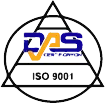

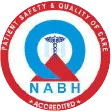

Terms of use | Privacy Policy | Contact us
Copyright © 2025. All Rights Reserved
Designed & Developed by Websoul Techserve


